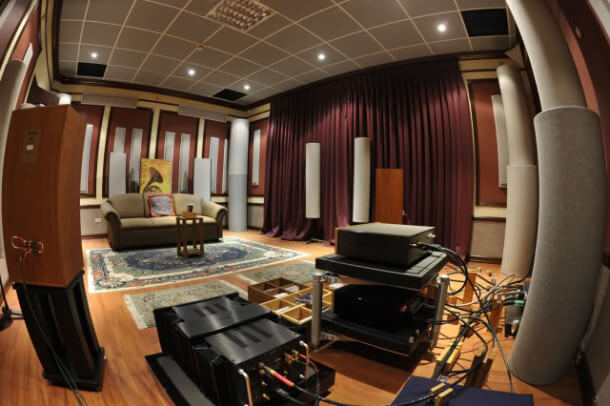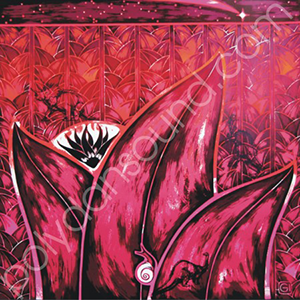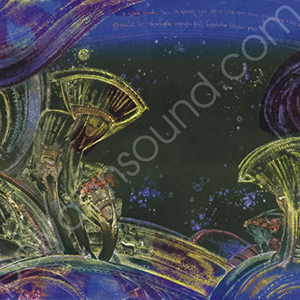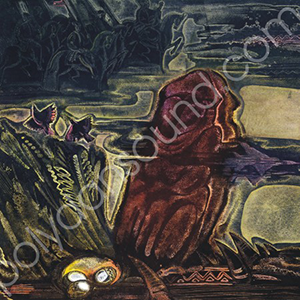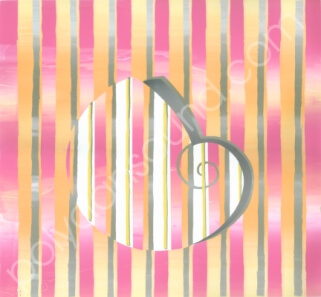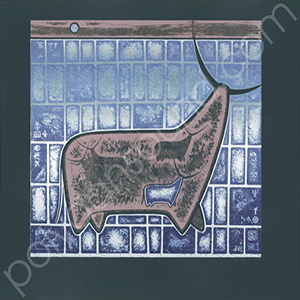Life Among Acoustic Systems
Correct me, if I am wrong!
However, in advance, everything is lie!
V. Vysotsky
The principle of “REVERSABILITY” (playback is equal to record) might be the basis of every sound recording and phonation processes. Nevertheless, the basis of modern sound recording process is MULTI-MICROPHONE systems (and multichannel playback).
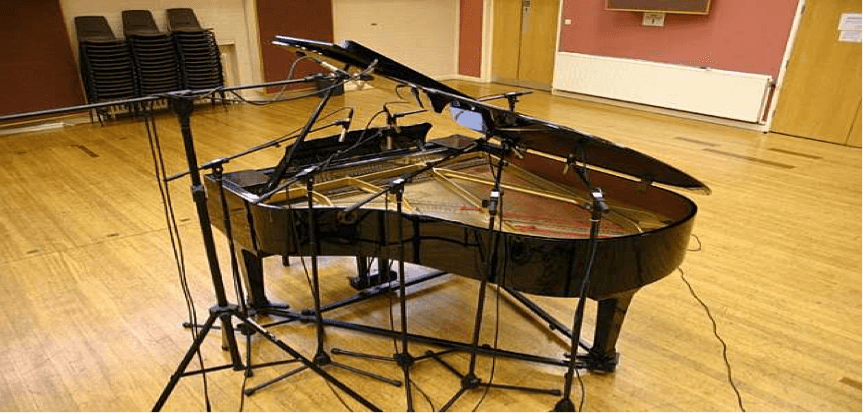 For example, piano sound may be recorded with the help of many microphones. However, during playback by means of two acoustic systems – it is impossible to define spatial location of the musical instrument, unless corresponding number of acoustic systems would be installed.
For example, piano sound may be recorded with the help of many microphones. However, during playback by means of two acoustic systems – it is impossible to define spatial location of the musical instrument, unless corresponding number of acoustic systems would be installed.
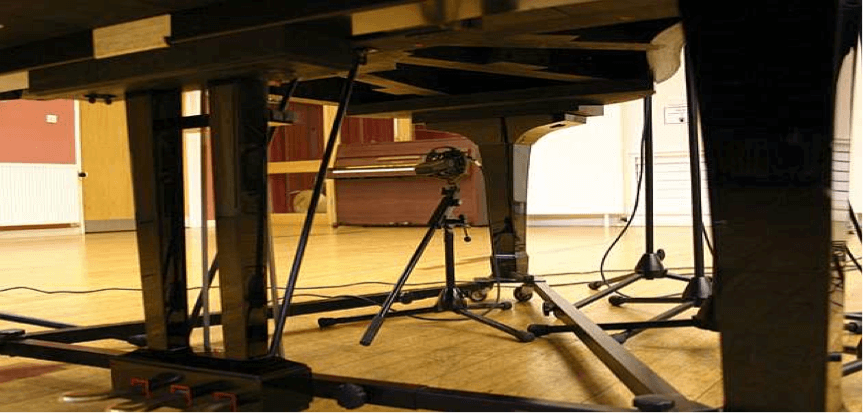
The omnidirectional microphone is installed at the bottom of piano for low-frequency sound component recording! That’s about one piano only.
Let’s look at microphones (27 microphones) location in Abbey Road 1 studio:
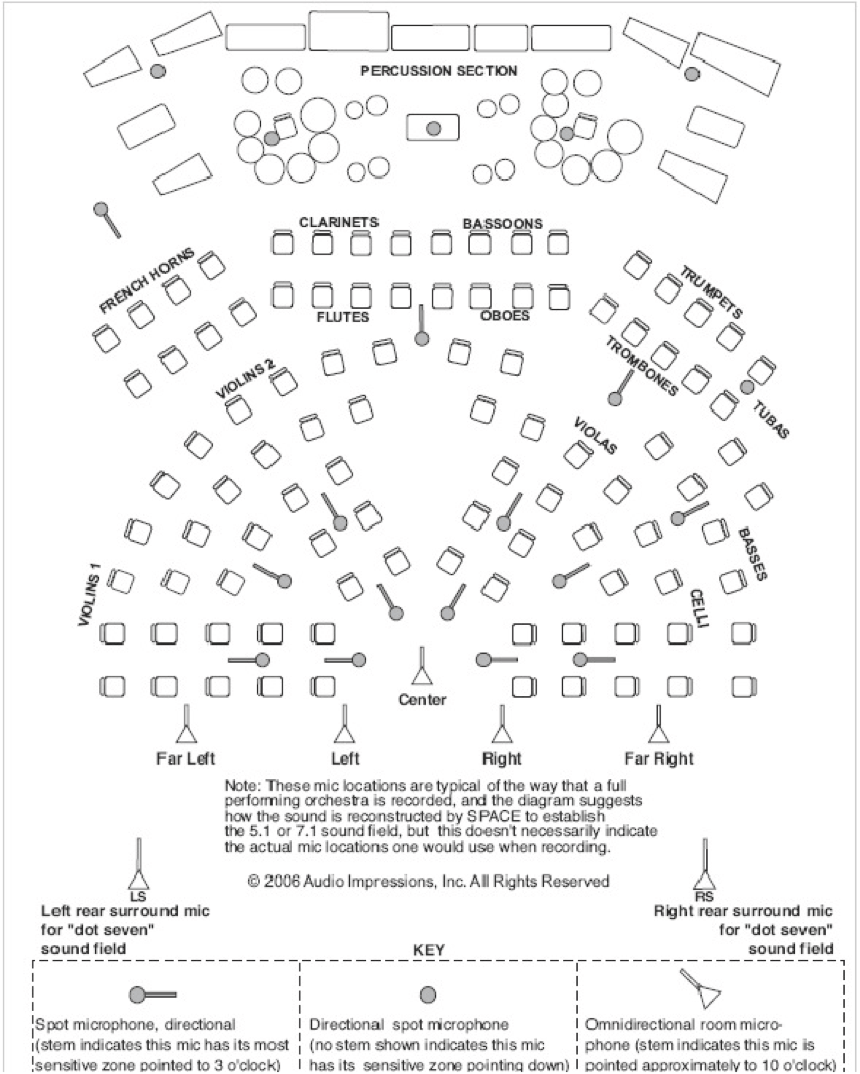
Microphone types:
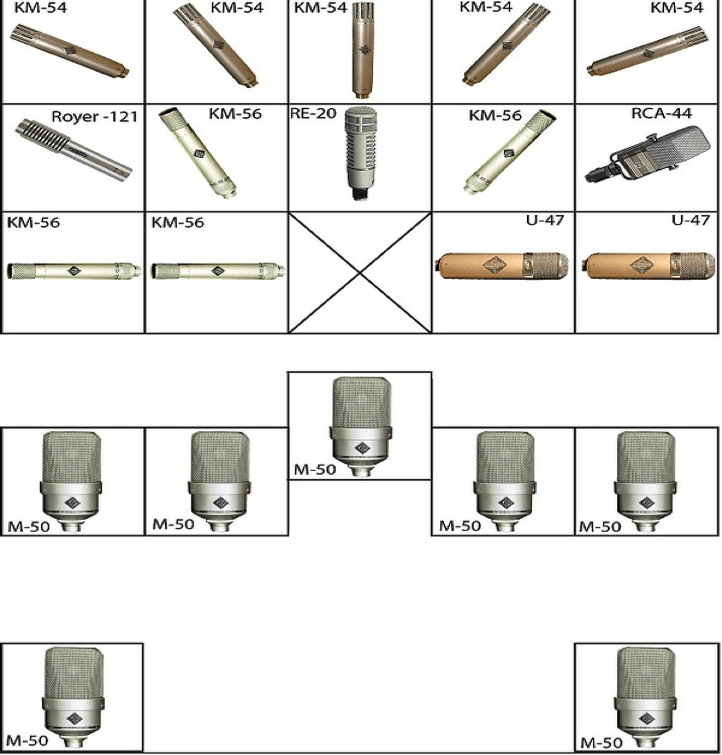
What does “for record” stand for? — For reversibility principle maintaining. In order to get adequate sound image of such multi microphone record – you have to install corresponding number of acoustic systems, location of microphones and acoustic systems – must be equal. However, there is another problem: record is stereo type, i.e. 2-channel, and number of microphones is great! Distance, between microphones and musical instruments – is different, it causes different sound incidence (group propagation delay, “GPD”). During sound record mixing – signal phase problem appears, the result is weird sound. What does it stand for? It stands for sound engineer work, exaltation of their services, fees increasing and, just imagine, copyrights. Sound record copyrights belong to sound engineers, not to performing musician! Just a bit more and performing musicians wouldn’t be necessary at all! Everything would be done by sound engineers and with… computer!
They do not think about end consumers. We are end consumers; we are those who pay for this substitute. Sound engineers united in some sort of “immunity” caste of workers with big audio boards and great number of microphones, since 50s. How was it earlier? (With reversibility principle maintaining) – Two NEUMANN microphones, with critical location significance, and … hard and many day-long labor of location searching and installing in the studio, or extremely hard labor of microphones location in concert halls. It is necessary to install microphones, record a sound record fragment, listen to it, understand what is wrong and reinstall microphones again. Such set of actions is repeated many times. Musical membership must be present during location and play some parts of music piece. It deals with creative approach to sound recording, and music pieces, recorded with the help of the technology, set wondering by sound record quality and surround sound, without mentioning of delicate components, absent in modern sound records.
Let’s examine diagram record – playback, as it is presented by sound engineers:
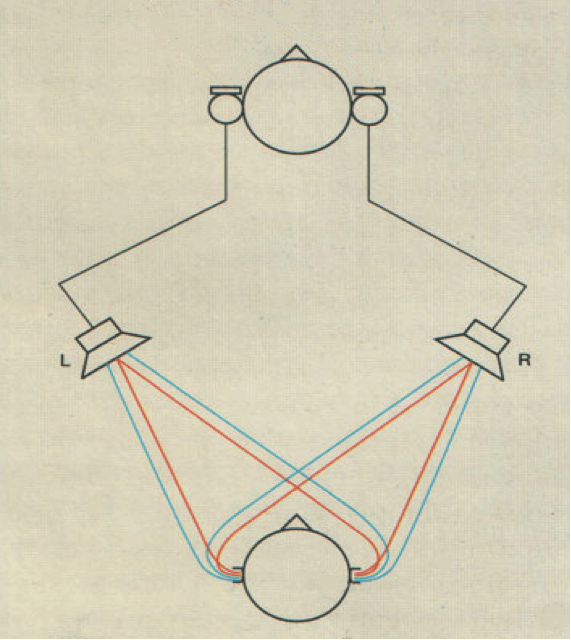
On the diagram – microphones are represented by end consumer’s ears (We are supposed to listen record via headphones ONLY!) If there are many microphones – many ears and headphones are necessary!
It was known earlier that a microphone is sound detector, and an acoustic system is a sound source.
And if the sound is recorded in a certain place of a room, then it shall be recreated in the same place of another room and not in other way (a principle of reversibility). And when two sound sources (acoustic systems) are available, ONLY two microphone recording system is required.
Recently when performing a single-channel (mono) recording, only one microphone was installed in front of the stage and a sound source (a turntable with speaker) of a consumer was in the middle of a room or against its wall. Up to now many people remember this beautiful sound, especially during direct broadcast, and a great many of people have been listening still only mono recordings, and not without reason. Because of a disadvantage in a single recording is small, but a disadvantage in a multi-microphone one is huge.
And now about the last, the most important nail in the blank wall of sound production. Once I was present during studio recording of a big symphony orchestra. And by inadvertency I asked a question to a white-haired sound engineer: when recording in which way he took into account the consumer’s location? As a response I had indignation: «WHAT!!!!» It means a location of a listener is not taken into account by sound engineers during recording. Indeed, he is a sound engineer, i.e. a manager of sounds but not of the Music. And by default the principle of reversibility doesn’t concern it. But when arranging the acoustic systems at home, under all methodologies we have to take into account a location of a listener and to listen the records from this place.
Well, and what about us? After all, we, the sound consumers have everything going wrong. Acoustic systems are mounted into a ceiling, walls, put in the corners as careless pupils. At best they are put at a dresser, along the long wall decorated with glass cabinets.
And having done all of these we wonder a poor sound quality of thousand dollars systems. In many publications and on the Internet pages you can find a large number of recommendations how to install properly the acoustic systems. But mostly it is different interpretations of the «vague» recommendations from Harman and Kardas. As a result of a practical use of these techniques you get an average, «boombox» sound production: no matter what an audio record you play, it gives super sound! Nevertheless the sound difference of studios as well as of the tracks of the same disc shall be considerably significant. And this visibility is an indirect indicator associated with a micro and macro dynamics, a timbre, and the most important, an involvement into a music piece, without which all the rest are sounds produced by sound engineers.
Proper installation of the sound sources in a particular room with a particular interior is a harmonization of natural acoustic defects of the sound source with reflective and sound absorbing features (defects) of the room where they are installed. It seems to be easy but for some reasons it is not very clear. There is no simple technique how to find these places of installation.
If we put away an interior-designer (the way these boxes fit better in the interior) and female (I like it) installation method, then the particularities come down to a simple sequence of actions: a distance between the sound sources (AS) is determined using a mono recording of a piano:
— AS shall be moved apart to the maximum until the gap has appeared in the center of the sound image. Then they shall be moved together until a conjoint sound has been achieved. The width can be unusually large, and the AS can be against the wall. But their location is imposed by the room itself.
As for the length (i.e. closer — farther from a listener) an installation is defined by a circular sound record of some instrument. I use a sound record of a tambourine to be circuited around a fixed microphone. Moving the AS and the audition place forward and back it is necessary to achieve uniform sound motion around the listener’s head.
The AS installation place achieved as described above is defined according to the specifics of the AS, as well as the sound features of this room, which in most cases is acoustically completely wrong. As a result, sounding of the musical material is as close as possible to the recorded one because the microphones are set among the performers! And by the will of the sound engineers the listener’s position is among the performers. And this is the maximum which the studios provide us with. And indeed, the amount of audio information becomes huge, instruments sound becomes natural, location of sound images, groups and individual instruments is not in doubt. In this case one can hear all the disadvantages of performance, data, blunders, inputs, etc. Many people do not like it but it’s the fee: good records become even better and a bad work becomes even worse. More information about the installation method of AS in a room, see in the magazines Stereo &Video № 12/2011 and 1/2012.
Well, the fans of the old techniques of the AS placement have to listen habitually flat sound of a symphony orchestra stuck between the acoustic systems.
Author:
Aleksey Oksanenko

